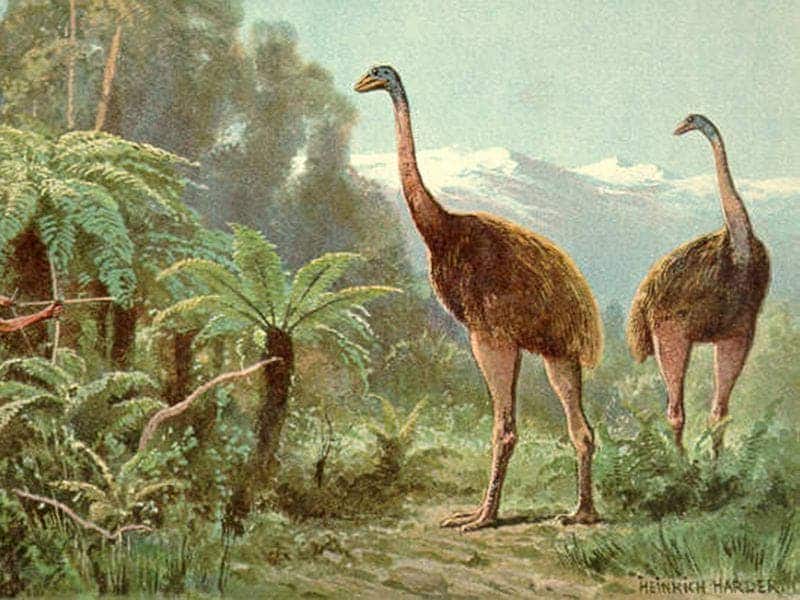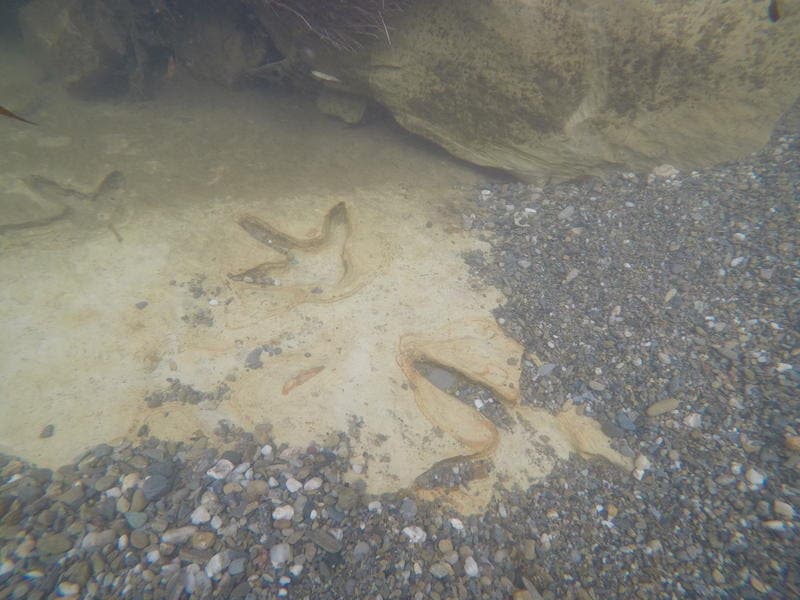New Zealand is home to some of the world’s most unique creatures, and the Moa is definitely one of them.
When Michael Johnston took his dogs out for a walk, he wasn’t expecting much — it was a day like any other, a walk like any other. Because it was “quite a ripper” of a day, he decided to also go for a swim with the dogs, in a nearby swimming hole. But what he found there was amazing: a set of moa footprints from millions of years ago, offering a rare glimpse into how life was in New Zealand before the ice age.
The stars aligned perfectly to allow Johnston to make the discovery. Not only did he need to be in the right place, but the imprints had been exposed by significant flooding in the area last year. They probably wouldn’t have survived another rainfall event.
“I’m amazed at the luck of finding them – catching it in this very brief window between being exposed and being scoured out, and then that somebody happened to be fossicking around and went for a swim and noticed them. If any one of those things hadn’t happened, we would never have known they were there, and it makes you wonder how many other moa prints are buried or destroyed, or no-one knows they’re there.”
Moas were large, flightless birds, endemic to New Zealand, whose demise was decided the moment humans laid foot on the island. When New Zealand’s first settlers arrived, there wasn’t much in the way of food — except for some remarkable flightless birds. New Zealand has developed a unique and isolated ecosystem, with almost no native mammals. Because of this lack of mammals, the avian life has thrived and developed in ways which would just not be possible in other parts of the world. They had almost no predators, so flying was essentially renounced — large birds were trotting carelessly on the ground, sometimes not even being aware what a predator is. So when humans entered the scene, they found large flightless birds that were extremely easy to hunt.
Under normal circumstances, the moas would have continued their carefree existence. They were simply too large to be hunted by the island’s normal fauna. But after the Maori settled New Zealand, they were extinct within a century.
Paleontologists from the Otago Museum are now working to extract the footprints from the clay and place them in a museum, where they can be better studied and hopefully provide more information about these birds.











